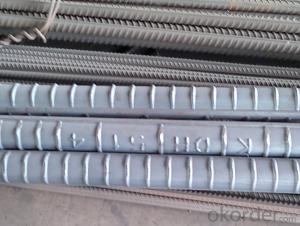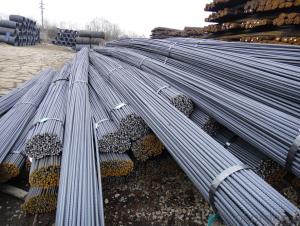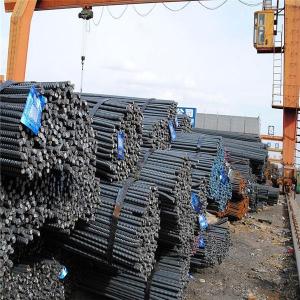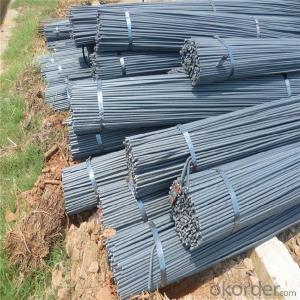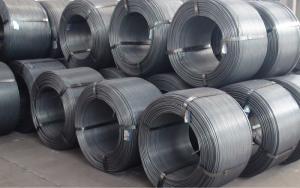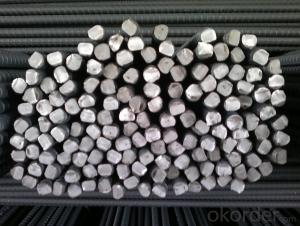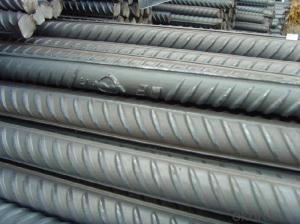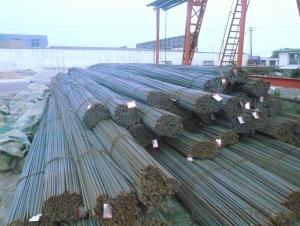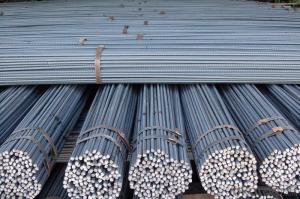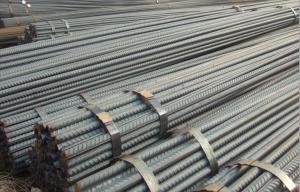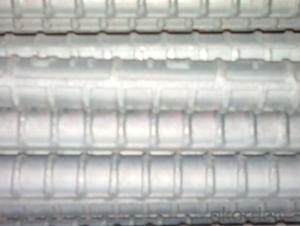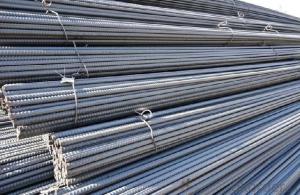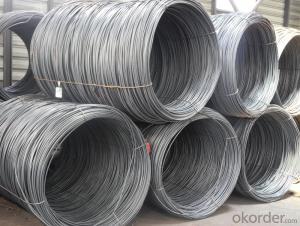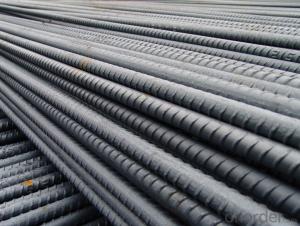All Categories
- - Steel Wire Rod
- - Steel Coils
- - Steel Profiles
- - Steel Pipes
- - Stainless Steel
- - Tinplate
- - Special Steel
- - Steel Sheets
- - Steel Rebars
- - Steel Strips
- - Hot Rolled Steel
- - Cold Rolled Steel
- - Pre-painted Steel
- - Seamless Steel Pipe
- - Welded Steel Pipe
- - Hollow Steel Tubes
- - Galvanized Pipe
- - Stainless Steel Coil
- - Stainless Steel Sheet
- - Stainless Steel Plate
- - Stainless Steel Strips
- - Electrolytic Tinplate Coil
- - Electrolytic Tinplate Sheet
- - Stainless Steel Rebars
- - Solar Panels
- - Solar Water Heater
- - Solar Related Products
- - Solar Inverter
- - Solar Cells
- - Solar Light
- - Solar Energy Systems
- - Solar Controllers
- - Solar Mounting System
- - Solar Pump
- - Solar Chargers
- - Fiberglass Chopped Strand
- - Fiberglass Mesh Cloth
- - Composite Pipes
- - FRP Pultrusion Profiles
- - Fiberglass Mat Tissue
- - Fiberglass Fabrics
- - Fiberglass Mesh
- - Composite Tank
- - Fiberglass Mesh tape
- - Polymer
- - FRP Roofing Panel
- - Fiberglass Roving
- - Monolithic Refractories
- - Ceramic Fiber Products
- - Refractory Bricks
- - Raw Materials For Refractory
- - Suspended Platform
- - Cranes
- - Concrete Machinery
- - Earthmoving Machinery
- - Building Hoist
- - Road Building Machinery
- - Plastic Pipe Fittings
- - Plastic Tubes
- - Plastic Sheets
- - Agricultural Plastic Products
- - Plastic Nets
 All Categories
All Categories
Q & A
How do you assess and repair damaged or corroded steel rebars in an existing structure?
Assessing and repairing damaged or corroded steel rebars in an existing structure involves a systematic approach. Firstly, a visual inspection is conducted to identify any visible signs of damage or corrosion. This is followed by non-destructive testing techniques such as ultrasonic testing or magnetic particle inspection to further assess the extent of the damage.
Once the assessment is complete, the repair process begins by removing the damaged or corroded rebars. This can be done by cutting and grinding or by using hydrodemolition techniques. The exposed rebars are then cleaned and treated to remove any rust, scale, or corrosion.
Next, a corrosion inhibitor or protective coating is applied to prevent further corrosion. In cases where rebars are severely corroded, they may need to be replaced entirely. The new rebars are then properly anchored and connected to the existing structure.
Finally, a comprehensive quality control process is implemented to ensure the effectiveness and durability of the repair. This may involve conducting additional tests to verify the integrity of the repaired rebars.
Overall, assessing and repairing damaged or corroded steel rebars in an existing structure requires a careful evaluation, appropriate repair techniques, and thorough quality control measures to ensure the structural integrity and longevity of the repaired rebars.
What is the impact of high humidity and seawater exposure on the corrosion of steel rebars in coastal structures?
High humidity and seawater exposure can significantly accelerate the corrosion of steel rebars in coastal structures. The combination of high humidity and saltwater creates a highly corrosive environment that promotes the formation of rust on the steel surface. This corrosion weakens the rebars, compromising the structural integrity of the coastal structures and potentially leading to their failure. Regular maintenance and the use of corrosion-resistant materials are essential in mitigating the impact of high humidity and seawater exposure on steel rebars in coastal structures.
What is the role of expansion joints in concrete structures with steel rebars?
The role of expansion joints in concrete structures with steel rebars is to accommodate the natural expansion and contraction of the materials due to temperature changes, thereby minimizing the risk of cracking or damage to the concrete. These joints provide flexibility and allow the structure to adjust without putting excessive stress on the steel rebars, ensuring the long-term durability and stability of the concrete structure.
Wholesale Steel Rebars from supplier in Tunisia
We are a Steel Rebars supplier serving the Tunisia, mainly engaged in the sale, quotation, and technical support services of various Steel Rebars products in the Tunisia region. We are a subsidiary platform of the Fortune Global 500 company CNBM, able to provide you with one-stop Steel Rebars procurement services in the Tunisia. Not only do we have a wide range of Steel Rebars products, but after years of market development in the Tunisia, we can also provide valuable experience for your projects.

